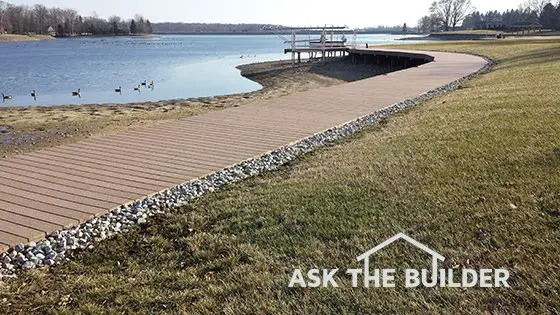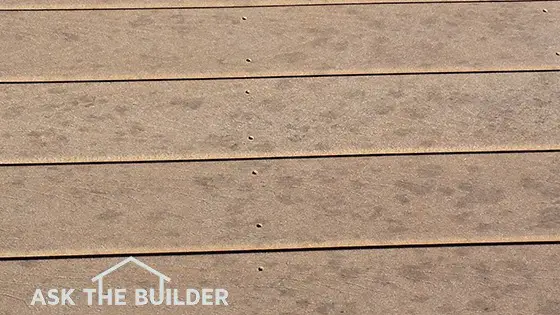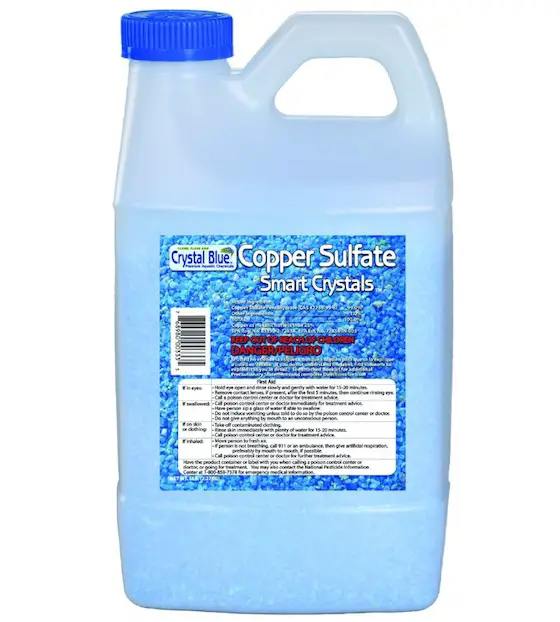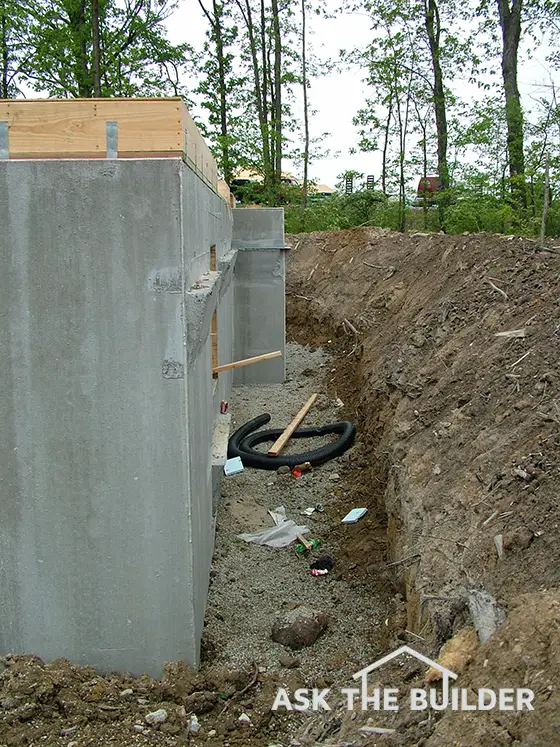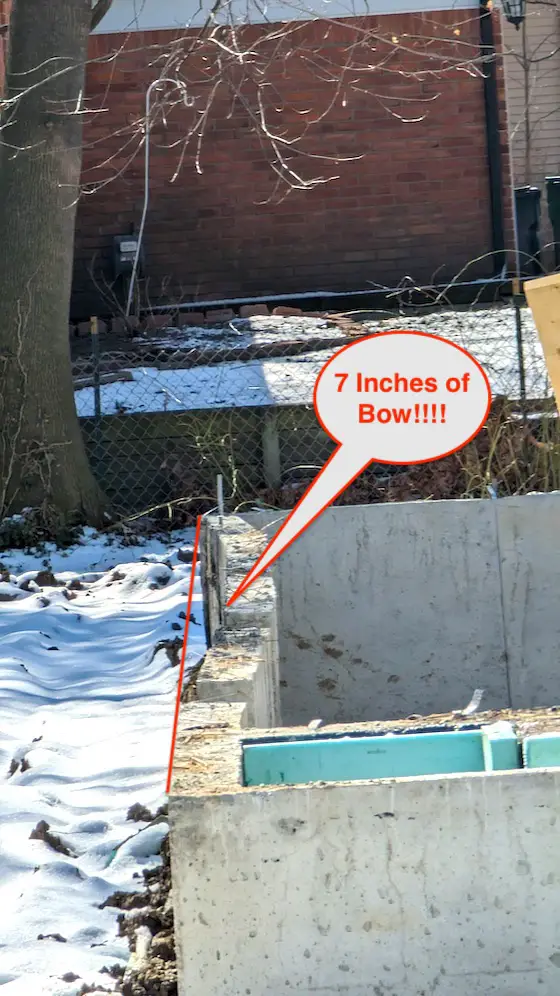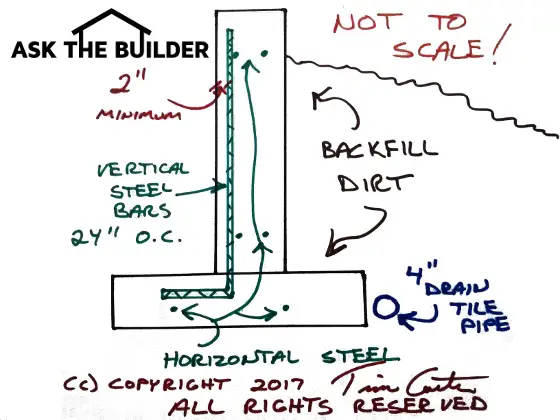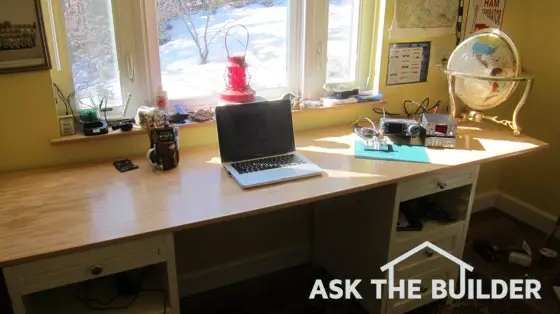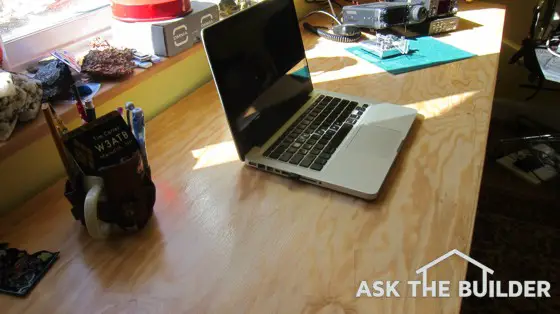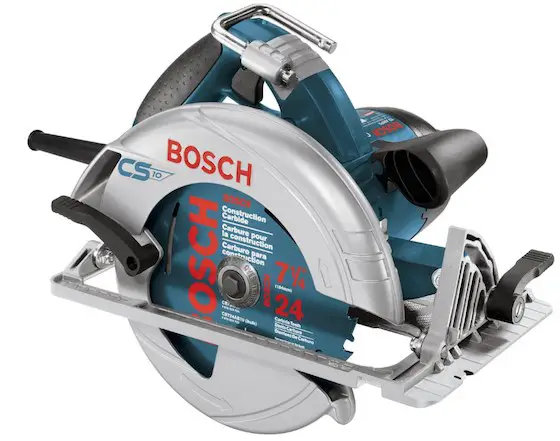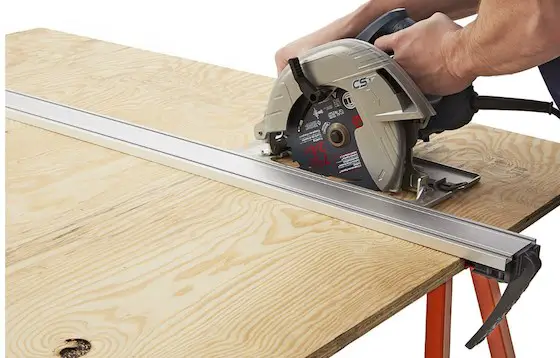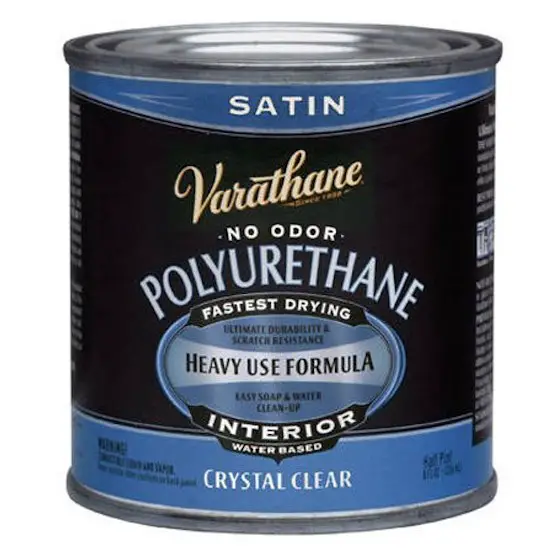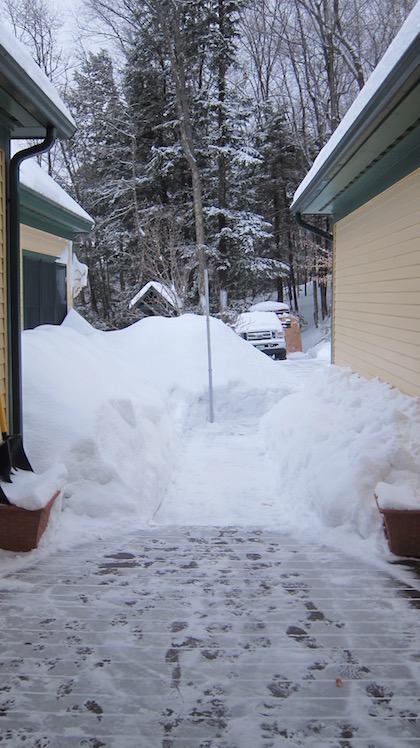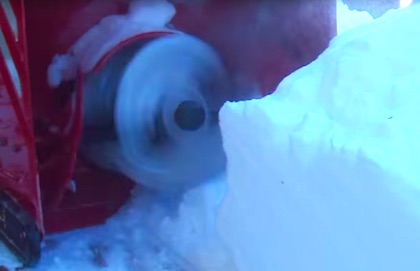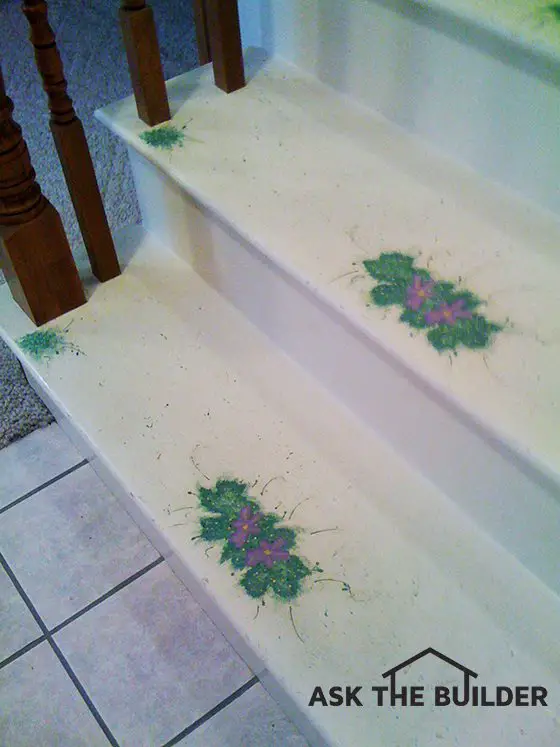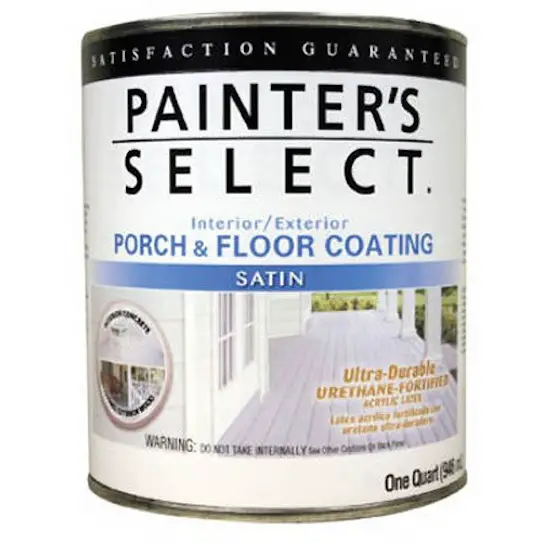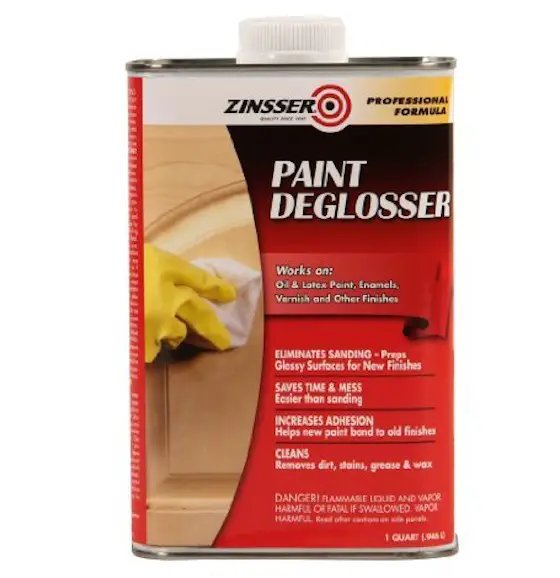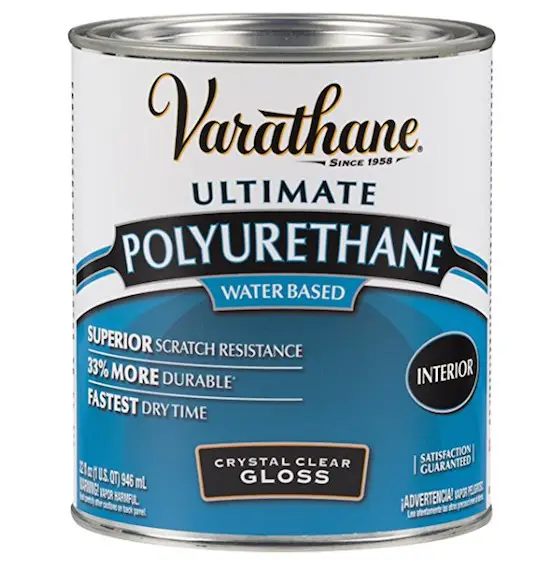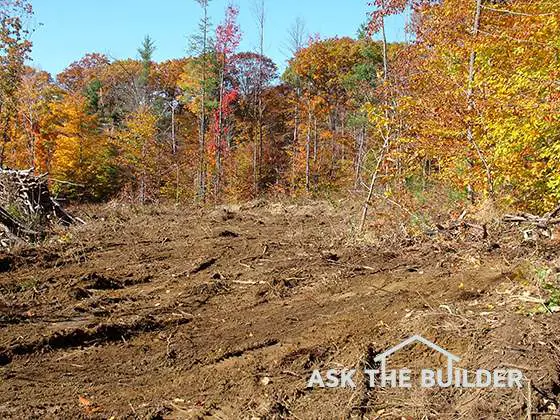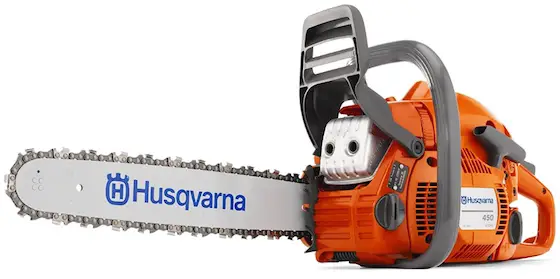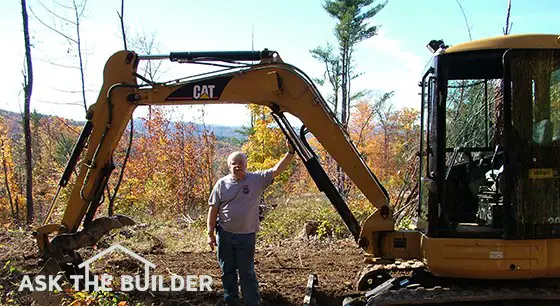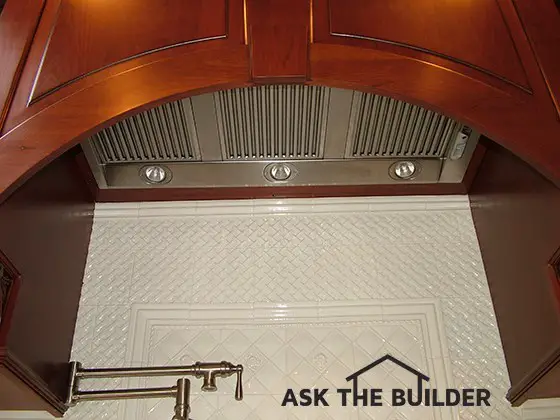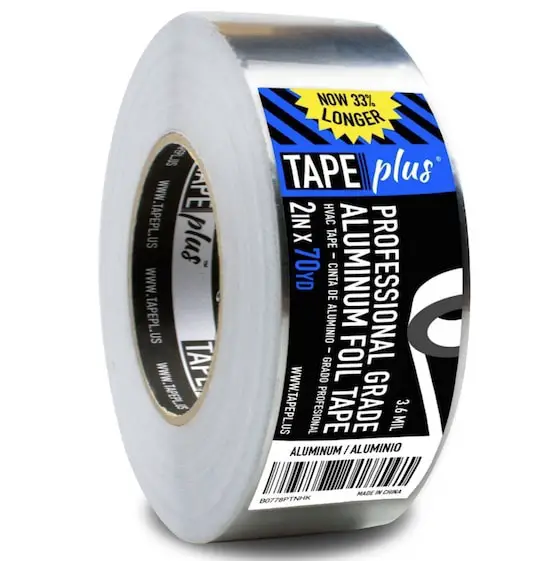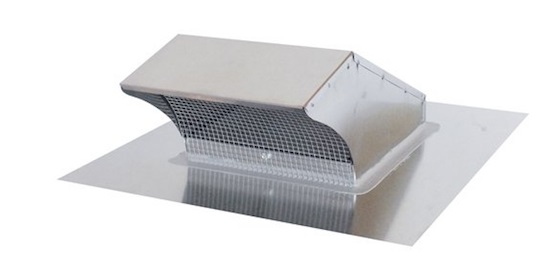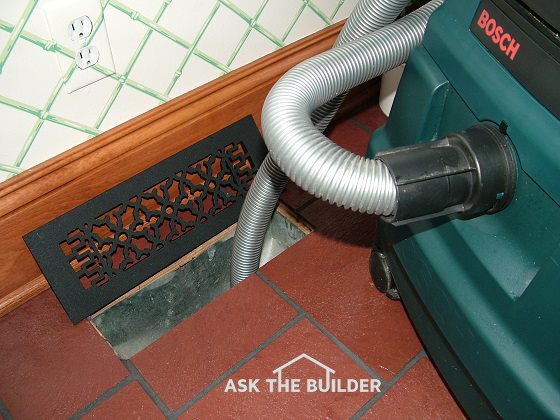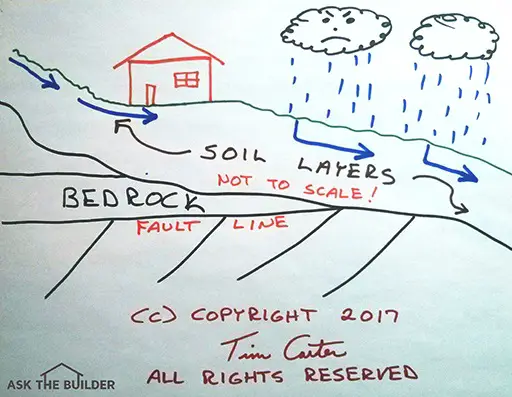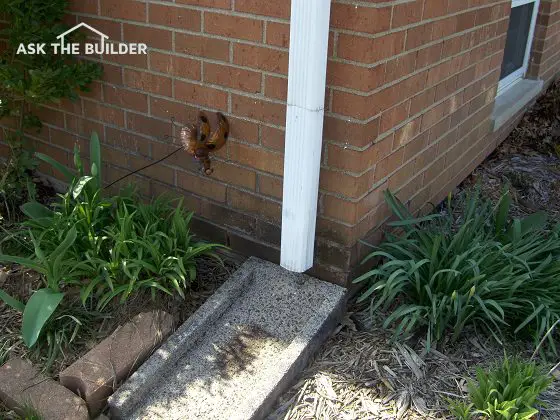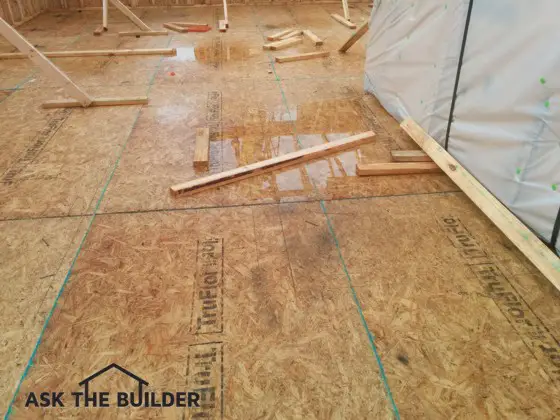
You may be upset at all the water on the new wood, but there’s little to fret about. Photo Credit: Seth Pabst
Rain on Framing Lumber TIPS
- Water for a short time is no issue
- Rot takes months to destroy wood
- Keep job site clean - sweep water away
- Spray borate to prevent rot - See Below!
- CLICK HERE to Get Tim's FREE & FUNNY Newsletter!
DEAR TIM: I'm having a new house built and it's been raining for a week. The roof is partially framed and every piece of lumber and all the flat OSB is soaked.
My builder says this is normal and I still get my ten-year warranty. Is it okay for a house to get wet while it's being built? Will it hurt the lumber?
What can be done to prevent mold and rot that probably will happen? What did you do to protect the homes you built? Seth P., Titusville, FL
DEAR SETH: Here's the good news.
Trees Grow In Rain
The lumber that is being used to build your home came from trees that were out in the rain all the time as they grew. I'll grant you it had a protective layer of bark that works very well to protect the wood in the center of the trunk.
CLICK HERE to get FREE & FAST BIDS from local rough framing carpenters.
Realize it takes quite a bit of time for lumber to start to decay from water.
No O² - No Rot
You'd probably be surprised to know that lumber that is submersed in fresh water can be in great shape and rot-free for hundreds of years. This happens in lakes that have cold water at the bottom. As we all know, there's virtually no air or oxygen under water as well.
You need oxygen, water and warm temperatures to get wood to rot fairly fast.
Prized Catches
Timbered logs are routinely salvaged that never made it to sawmills over a hundred years and these logs are prized pieces of wood. Not too long ago, I knew of at least one company that did nothing but salvage old logs from the bottom of a few of the Great Lakes here in the USA.
This lumber was old growth timber and highly prized. It was in near perfect condition once raised from the depths of the lake-bed.
The wood rot you're familiar with happens in the presence of water and oxygen.
Relax, Take A Vali....
Your framing lumber and the oriented strand board (OSB) are going to be fine. The glues used to make OSB are water-resistant because the manufacturers know that virtually no one can build a home that won't get wet before the roof and siding is applied.
Houses I built got wet routinely during the framing process and I never had an issue.
20 Percent
Wood rot can and will start when the moisture content of the wood reaches 20 percent. But wood rot is a slow process where the fungi start to grow and feed on the cellulose in the wood.
The wood needs to remain damp and wet all the time for wood rot to advance. It's a much better likelihood that you'll start to see mold growth in as little as 48 hours as mold spores are everywhere on your home construction site.
Clean Job Site
To minimize or eliminate any chance of damage, you need to get rid of the water as fast as possible. This means the job site needs to be clean. All scraps of lumber, sawdust, etc. need to be off the OSB.
The OSB floors should be swept clean each day after work concludes. This debris can trap water and hold it against the OSB.
CLICK HERE to get FREE & FAST BIDS from local rough framing carpenters.
Sweep Standing H²O
You want all the lumber to dry out as fast as possible after each rain. Standing water on the OSB needs to be swept away. Some OSB panels are created that have drainage slot in the tongues to help get rid of water.
Raise & Cover
Lumber on the job site that's in piles needs to be covered and up off the ground. You don't want to wrap the lumber like you would a sandwich with plastic. It needs to breathe.
It's key that the lumber is up off the ground at least 4 inches, if possible, so that air can get under the stacked lumber. Try to create a storage method that mimics a rain fly on a camping tent.
You want the sides of the stacked lumber exposed to the air but protected so rainfall can't hit the lumber.
Sealed OSB
Newer building products are available for subfloors that contain resins that protect the wood fibers from absorbing any water. These are great materials to use and I'd absolutely use them on any home I was building today.
Seal Untreated OSB
One thing I used to do when I was building was to spend the extra money and apply a clear penetrating water repellant to the plywood and OSB I used on the floors. I never worried about the sheathing on walls or roofs because water rapidly ran off and never collected there.
Before any walls were built on a subfloor, I'd blow off all saw dust, pour out the clear water repellant and apply it with a large paint roller on a pole. It only took about 30 minutes to do an average subfloor. The water repellant prevented swelling of plywood and untreated OSB.
Stain Solver Mold Cleaner

Stain Solver is MADE in the USA with USA ingredients that are food-grade quality. CLICK THE IMAGE to order some NOW.
Once your house is under roof and there's little chance of the lumber getting wet, you may want to do some first aid and preventative care. If you do have mold growing on the lumber, you can clean it easily with Stain Solver.
It's a pure certified organic powder you mix with warm water. Using a hand-pump sprayer, you apply the solution to any mildew you see.
You can also use chlorine bleach, but many complain about its fumes and toxicity to nearby plants and vegetation.
Stain Solver is Made in the USA with USA ingredients. It has no odor and will do an excellent job of cleaning mold. Once the lumber is clean and dry, you can then decide if you want to prevent wood rot in case the wood somehow gets wet after you move in.
Borates Are Amazing
You can prevent wood rot by saturating the framing lumber with borates. These are safe chemicals to use around humans and pets.
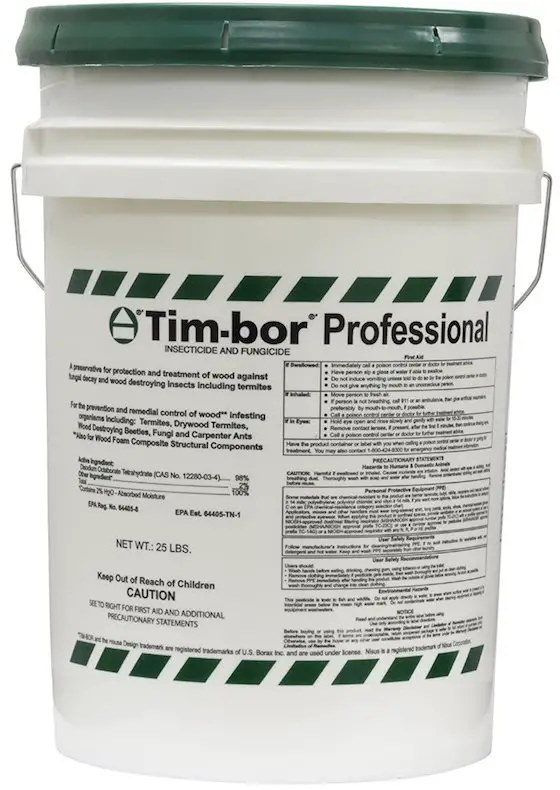
This is a 25-pound pail. You'll use this much to treat all the lumber in your new home. CLICK THE IMAGE NOW TO ORDER THIS GREAT PRODUCT.
Borate is a white powder that dissolves in water just like Stain Solver. You apply it to the wood with the same hand-pump sprayer.
This can be accomplished now while the framing lumber is accessible by spraying it with borate solutions. Borate chemicals are not toxic to humans or animals, but they are very toxic to many species of wood rot fungi and termites. You spray the lumber and OSB using a the same garden sprayer.
CLICK HERE to get FREE & FAST BIDS from local rough framing carpenters.
Column 1107
